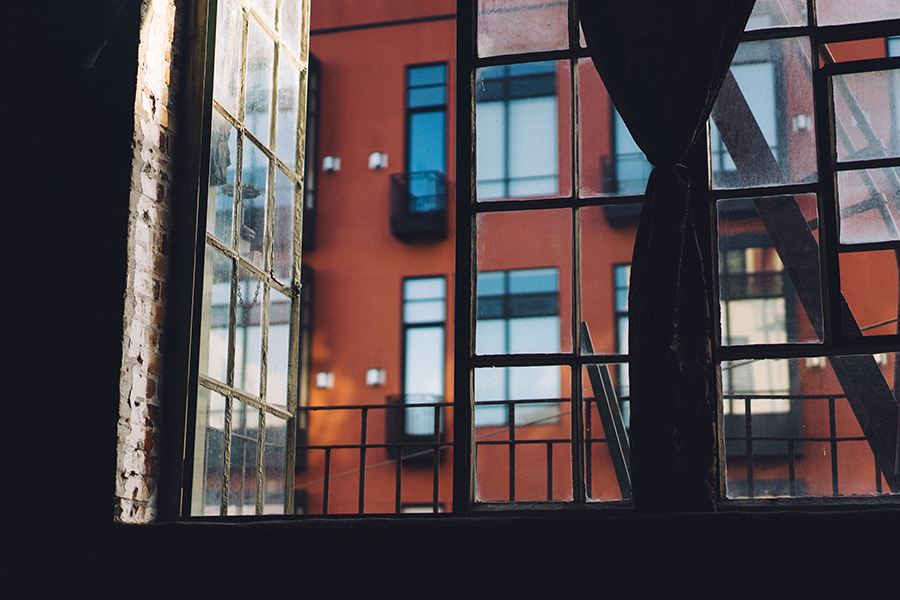Your big-ticket—or capital improvement expenses, as the IRS refers to them—property upgrades aren’t always the easiest thing to budget for. Capital improvements are any major property improvements that add significant value to your property, such as updating your electrical or plumbing systems or replacing your roof.
Even though these types of improvements only happen occasionally, you still need to be prepared to cover the cost without straining yourself financially. By putting some money aside in your budget for improvements, you’ll stand a better chance of being fully prepared.
Know what you need
Decide what improvements can’t wait. If your parking lot is in rough shape, that’s an improvement that can’t be put off until next year. The same thing applies to outdated components in your major HVAC systems you now have concerns about. Perhaps the system still works and doesn’t need to be completely replaced, but you’re feeling an upgrade is due and repairs won’t address the issue.
Know what you want
Evaluate your property to determine which big improvements you want to make and when. If you’d like to upgrade the laundry facilities, for example, but the current appliances are functional and the tenants aren’t having problems, that’s a want but not an immediate need.
Get realistic estimates
Work on creating realistic estimates for your needed and desired improvements. Price the fixtures, equipment, labor and anything else you’ll need for each project. Always overestimate, as big updates have the potential to go right over what you had planned. If there’s a possible snag in a project that may or may not hike up the cost, include that possible expense hike in your project total.
Look at the numbers
Decide what you can afford now and what you cannot based on the project totals. For example, if your necessary parking lot paving is $35,000 and your new laundry facility is $25,000 but you don’t have more than $45,000 to spend, go with the lot this time around.
Add in your estimate
Once you’ve got the project estimates for the improvements you’re going to do, budget them in by dividing the total needed by the number of months until the month in which you want to start work. For example, if you want to start a $25,000 laundry room upgrade eight months from now, you need to set aside $3,125 each month.
Even if you’re not planning any improvements, you can still budget ahead for when one is needed or wanted. Buildings.com recommends reviewing your property to identify possible improvement needs and wants for the next three to five years. Use that information to guide your budget creation.
Related Articles
What Are Typical Apartment Building Operating Expenses?
How To Estimate Investment Property Expenses in an Uncharted Market
Creating an Annual Operating Budget for Your Multifamily Property
Latest posts by Theresa Bradley-Banta (see all)
- Multifamily Common Areas Maintenance & Management Tips - March 31, 2020
- 8 Tenant Gift Ideas That Will Boost Your Bottom Line - November 11, 2019
- Need a Package Delivery System at Your Multifamily Rental Property? - October 28, 2019



